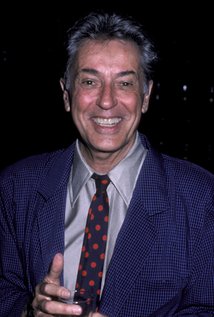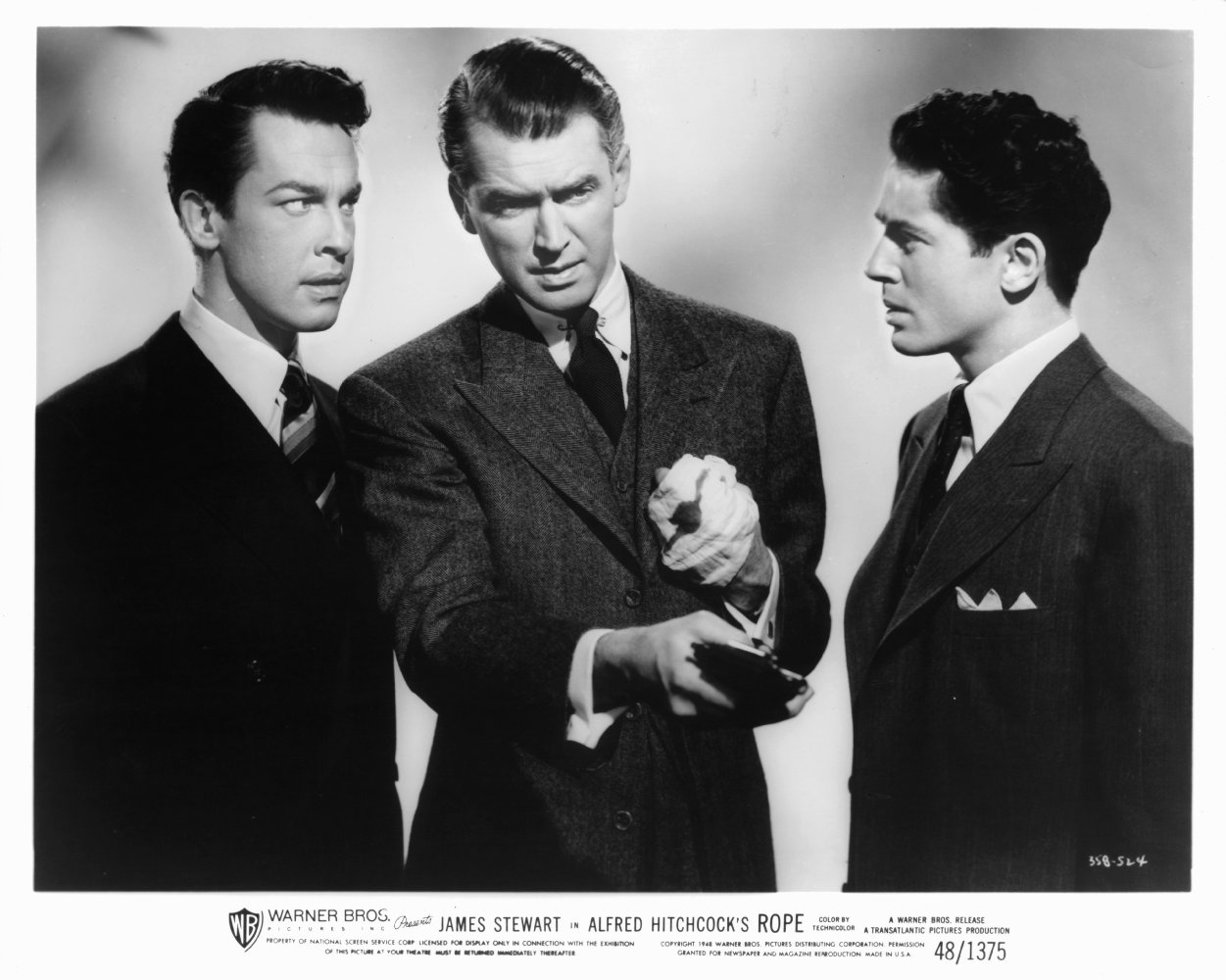
Farley Granger
Birthday:
1 July 1925, San Jose, California, USA
Birth Name:
Farley Earle Granger II
Height:
183 cm
Farley Earle Granger was born in 1925 in San Jose, California, to Eva (Hopkins) and Farley Earle Granger, who owned an automobile dealership. Right out of high school, he was brought to the attention of movie producer Samuel Goldwyn, who cast him in a small role in The North Star (1943). He followed it up with a much bigger part in The Purple Heart...
Show more »
Farley Earle Granger was born in 1925 in San Jose, California, to Eva (Hopkins) and Farley Earle Granger, who owned an automobile dealership. Right out of high school, he was brought to the attention of movie producer Samuel Goldwyn, who cast him in a small role in The North Star (1943). He followed it up with a much bigger part in The Purple Heart (1944) and then joined the army. After his release he had to wait until Nicholas Ray cast him in the low-budget RKO classic They Live by Night (1948) with Cathy O'Donnell, and then he was recalled by Goldwyn, who signed him to a five-year contract. He then made Rope (1948) for Alfred Hitchcock and followed up for Goldwyn with Enchantment (1948) with David Niven, Evelyn Keyes and Teresa Wright. Other roles followed, including Roseanna McCoy (1949) with Joan Evans, Our Very Own (1950) with Ann Blyth and Side Street (1949), again with Cathy O'Donnell. He returned to Hitchcock for the best role of his career, as the socialite tennis champ embroiled in a murder plot by psychotic Robert Walker in Strangers on a Train (1951). He then appeared in O. Henry's Full House (1952) with Jeanne Crain, Hans Christian Andersen (1952) with Danny Kaye, The Story of Three Loves (1953) with Leslie Caron and Small Town Girl (1953) with Jane Powell. He went to Italy to make Senso (1954) for Luchino Visconti with Alida Valli, one of his best films. He did a Broadway play in 1955, "The Carefree Tree", and then returned to films in The Naked Street (1955) with Anthony Quinn and Anne Bancroft and The Girl in the Red Velvet Swing (1955) with Joan Collins and Ray Milland. Over the next ten years Granger worked extensively on television and the stage, mainly in stock, and returned to films in Rogue's Gallery (1968) with Dennis Morgan. He then returned to Italy, where he made a series of films, including The Challengers (1970) with 'Anne Baxter (I)', Un hombre llamado Noon (1973) with Richard Crenna and Arnold (1973) with Stella Stevens. More recent films include The Prowler (1981), Death Mask (1984), The Imagemaker (1986) and The Next Big Thing (2001). Since the 1950s he has continued to work frequently on American television and, in 1980, returned to Broadway and appeared in Ira Levin's successful play "Deathtrap". In 2007 he published his autobiography, "Include Me Out: My Life from Goldwyn to Broadway" with Robert Calhoun. A longtime resident of New York, Granger has recently appeared in several documentaries discussing Hollywood and, often, specifically Alfred Hitchcock. Show less «
[about films] I love to see them. I just don't like to make them.
[about films] I love to see them. I just don't like to make them.
I have never felt the need to belong to any exclusive, self-defining or special group. I find it difficult to answer questions about "'gay l...Show more »
I have never felt the need to belong to any exclusive, self-defining or special group. I find it difficult to answer questions about "'gay life" in Hollywood when I was living and working there. There were, of course, gay cliques, but I had no close friends who belonged to any of them, and I had no desire to become involved with any of them . . . I was never ashamed, and I never felt the need to explain or apologize for my relationships to anyone. Show less «
I was very lucky when I first started. I had [Nicholas Ray] and before that Lewis Milestone, and I was a kid and very naive, with no trainin...Show more »
I was very lucky when I first started. I had [Nicholas Ray] and before that Lewis Milestone, and I was a kid and very naive, with no training at all. They really took care of me. And then I began to get directors who weren't as good as [Ray and Milestone] were, and I soon realized I didn't know what the hell I was doing, and I'd better find out because I could no longer trust this sort of father symbol of the director anymore. In those days you were a movie star or you were a Broadway actor, and movie stars weren't considered actors. So I couldn't call myself an actor unless I worked in the theater for any length of time. Show less «
[on leaving the Samuel Goldwyn after Hans Christian Andersen (1952)] I finally bought my contract from him. Couldn't stand working for him a...Show more »
[on leaving the Samuel Goldwyn after Hans Christian Andersen (1952)] I finally bought my contract from him. Couldn't stand working for him anymore, and I just wanted to work in the theater for a bit. I didn't want to be a movie star. I didn't think it was my place in life. It took all the money I had in the world, and I had a wonderful agent then, Charles Feldman [Charles K. Feldman]. He got me in this movie in Italy. I was all set to come to New York and set up shop, but I did the [Luchino Visconti] movie [Senso (1954)] out of necessity. I made an awful lot of money on that one since I had signed for just three months, and it dragged on for nine. Show less «

Sheriff George Fraser

Guy Haines
















